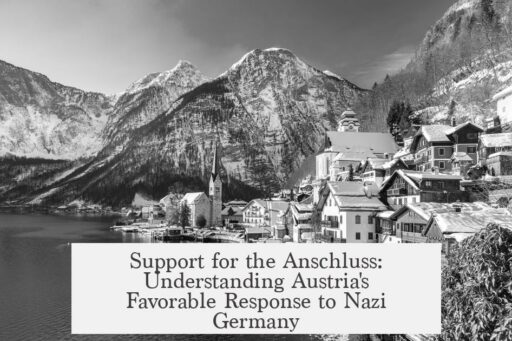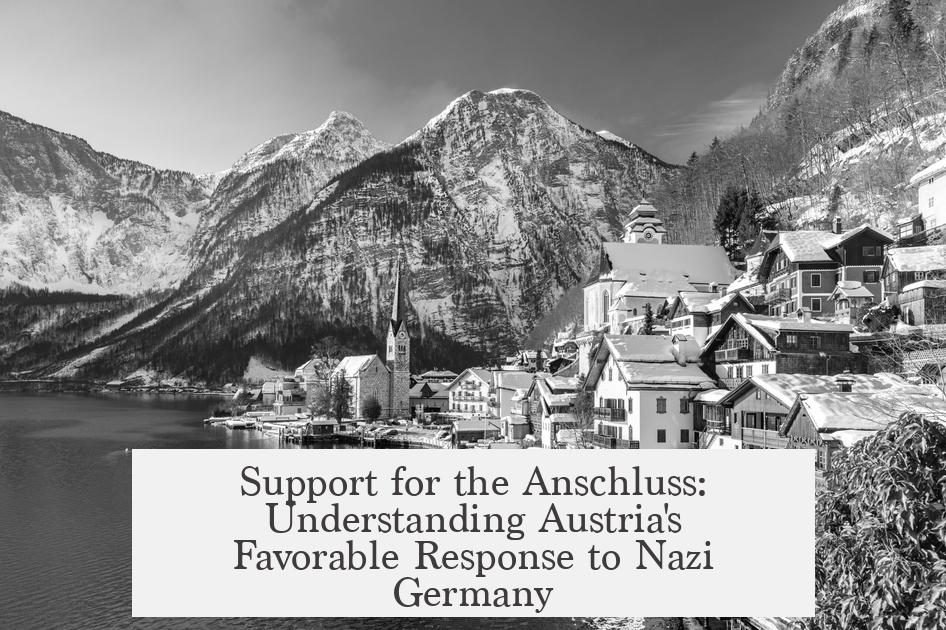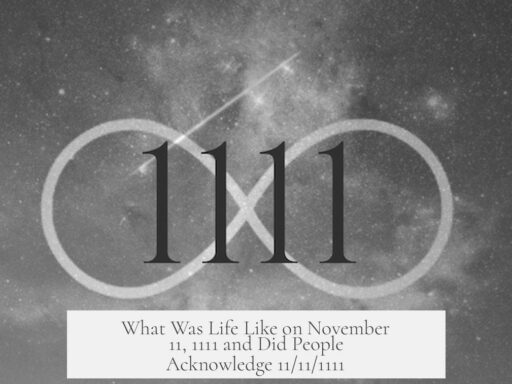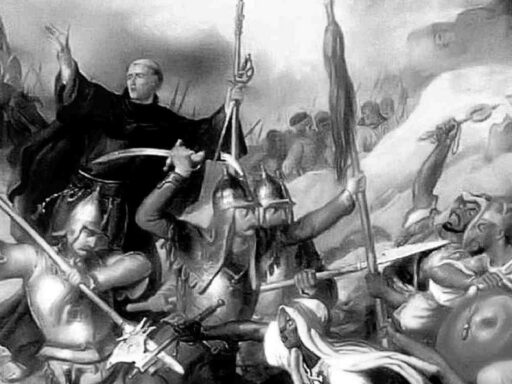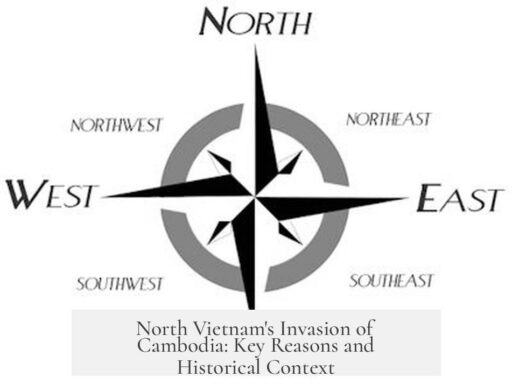The population of Austria was largely supportive of the Anschluss due to a combination of historical, cultural, economic, and political factors. These included Austria’s lack of a strong national identity, its economic collapse after World War I, cultural ties with Germany, and the political realities under Nazi influence. However, true support was complex and not universal, with opposition actively suppressed by Nazi forces.
Austria’s historical context plays a key role in understanding the support for the Anschluss. For centuries, Austria functioned as an empire rather than a nation-state. It was defined politically by the Habsburg monarchy rather than by a strong national identity. The population of the Empire, especially the German-speaking segments recognized today as Austrians, viewed themselves primarily as subjects of a royal dynasty rather than as members of a separate nation. This lack of a cohesive national identity weakened the sense of Austrian distinctiveness.
The Empire was also a multiethnic realm where Austria acted as an administrative center rather than an independent nation with a unifying national culture or identity. This administrative role continued into the early 20th century. As a consequence, Austrians never fully developed the traditional nationalistic sentiments common in more clearly defined nation-states. Instead, their identity was often linked more strongly to their language and culture—German—than to a separate Austrian nationhood.
After World War I, Austria faced a crisis of identity. The collapse of the Austro-Hungarian Empire left the newly formed Republic of German Austria struggling to define itself. In this period, Austrians emphasized their German-speaking heritage to distinguish themselves from the diverse ethnic groups lost with the empire’s disintegration. The republic initially reflected this by adopting its name to highlight its German cultural roots. This period planted the idea that Austria’s future might be aligned with Germany rather than as a separate political entity.
An economic dimension further intensified support for the Anschluss. Austria suffered severe economic devastation after World War I, far exceeding the difficulties faced by many other war-affected nations. The loss of its vast empire meant losing essential economic resources and trade networks. Vienna, the imperial capital, suddenly had a population too large to be sustained by the small new republic. The city’s infrastructure and economy were built for an empire, creating economic imbalance and hardship.
Faced with economic ruin and uncertainty, many Austrians saw joining Germany as a practical solution. A union with their wealthier and larger neighbor promised economic stability and relief. Germany was not only a powerful cultural ally but also a potential economic savior. For many, this seemed like the only viable route for Austria’s survival.
The cultural and political identification with Germany strengthened Austria’s inclination toward the Anschluss. The majority of Austrians spoke German and shared cultural traditions with Germany. This common linguistic and ethnic background fostered a sense of belonging to the German nation rather than to a separate Austrian identity. Many Austrians concluded that their country had never been meant as an independent state, but rather as a part of a greater German nation.
However, the political realities of Nazi Germany played a decisive role in shaping the outcome. Adolf Hitler, an Austrian-born German citizen, orchestrated a highly coordinated invasion and occupation of Austria before holding the Anschluss referendum. Nazi forces suppressed dissent with brutal efficiency, eliminating opposition voices and intimidation. This suppression created an atmosphere where open disagreement was dangerous and public displays of support were often coerced.
Although the official referendum showed overwhelming support for the Anschluss, the authenticity of these results is questionable. The Nazi regime’s propaganda and military presence heavily influenced public perception. Many contemporaries recognized that the referendum outcome was manipulated to legitimize annexation. Scholars today agree that the exact level of genuine Austrian support remains uncertain.
It is important to note, however, that support for the Anschluss was not universal in Austria. Significant resistance existed, including political dissidents, socialists, communists, and other groups who opposed annexation on ideological, nationalistic, or humanitarian grounds. This opposition was quickly and forcefully suppressed by the Nazi occupiers. Therefore, while many Austrians favored or accepted the Anschluss, a considerable portion did not.
| Factor | Influence on Anschluss Support |
|---|---|
| Historical Legacy | Lack of Austrian national identity and empire-based loyalty |
| Post-WWI Identity Crisis | Emphasis on German language and culture |
| Economic Collapse | Desire for economic stability and survival |
| Cultural Alignment | Shared heritage with Germany |
| Political Pressure | Nazi invasion and suppression of opposition |
The population’s support for the Anschluss results from intertwined historical, cultural, economic, and political pressures. Austria’s imperial past denied the formation of a robust national identity separate from Germany. Economic devastation after the World War I empire’s collapse created urgency for a solution. Shared language and culture further bound Austria to Germany emotionally and culturally. Meanwhile, Nazi Germany’s military occupation and propaganda shaped public opinion and limited opposition expression.
- Austria lacked a clear national identity due to its imperial history.
- Post-WWI Austria identified strongly with German language and culture.
- Economic ruin left Austria dependent on stronger neighbors.
- Nazi Germany’s invasion and propaganda forced public support.
- Not all Austrians supported Anschluss; opposition was suppressed.
Why Was the Population of Austria So Supportive of the Anschluss?
The population of Austria was largely supportive of the Anschluss because Austria lacked a strong national identity, was economically ruined after WWI, culturally and linguistically identified with Germany, and faced intense political pressure and propaganda from Nazi Germany.
Sounds straightforward, right? But let’s unpack this story like an old trunk in a dusty attic—layer by layer, something surprising always pops out.
For centuries, Austria functioned less like a nation and more like a sprawling empire ruled by the Habsburg dynasty. Picture it as a royal family’s grand playground where loyalty was to the crown, not to an Austrian nation as we think of one today. The “Austrians” were more empire subjects than proud followers of a clear-cut, distinct national idea.
This created a tricky problem: no solid national identity. The German-speaking elites benefitted hugely and wielded the most power in the empire, so they had no interest in defining Austria as a separate nation. By the time the 20th century rolled in, Austria was still an administrative hub for a patchwork of ethnic groups—think of it as a multinational office building rather than a tight-knit neighborhood.
So what happens when the empire suddenly falls apart after WWI? Austria lost its vast empire and had to scramble fast. Its people scrambled to find a new identity—one that would help differentiate them from the many ethnic groups just kicked loose. The answer: rebranding as German-speaking Austrians.
For a brief, almost ironic moment, the nation even called itself The Republic of German Austria. It’s like coming out of a long party with hazy memories and suddenly deciding your new name will be Mr. German. The cultural roots were clear—Austria and Germany shared language, traditions, and a sense of “brotherhood.”
But the punchline here is the economy. Austrians woke up one morning in a dramatically smaller and poorer country. The empire, which once funded Vienna’s grandeur and wealth, had vanished—and so had Austria’s income. Imagine Vienna, the once majestic empire’s nerve center, now swelling with people it couldn’t feed or employ. The city suddenly seemed way too big for such a broken country.
The economic despair made it look like Austria’s survival depended on linking up with a powerful ally—and who better than Germany, their close cultural cousin? Many Austrians thought survival meant joining forces with Germany was the only practical option. Economic hardship = desperation + hope for a better future.
On a more personal level, many identified strongly as Germans culturally and linguistically. It’s like trying to find yourself and realizing you’ve been part of your cousin’s family all along. This common identity made the idea of unification not just practical but emotionally acceptable for many.
Then enter Adolf Hitler—stage left. Things get murky here. Hitler didn’t wait for a friendly handshake; he invaded and occupied Austria before any referendum was held. His forces crushed opposition with ruthless force and ran an intense propaganda campaign to sway opinion. The referendum that followed was less a democratic choice and more a controlled show.
Historians agree Hitler’s military presence skewed support, creating a question mark over just how many Austrians genuinely wanted Anschluss versus those who caved to coercion and fear. The true number of supporters will likely never be clear, like a shadow always lurking at the edge of the story.
Importantly, not all Austrians cheered the annexation. Some firmly opposed it but had their voices silenced by Nazi repression. Resistance existed but was ruthlessly stamped out. So the popular support wasn’t universal, though the silence suggests fear played a huge role.
All these factors form a complex mosaic explaining Austrian support for Anschluss. It’s easy to oversimplify it as pure embrace of Nazism or mere economic desperation. Instead, it’s a cocktail of lost identity, cultural ties, economic collapse, and brutal political pressure.
How does this historical nuance help us today? When looking at national identity and political change, it’s a reminder that people’s choices often come from tangled roots—culture, economy, history, and power dynamics are all at play. Bore down a bit, and the black-and-white picture turns into a rich grayscale painting full of human struggle and conflicting emotions.
So next time someone asks, “Why was Austria so supportive of Anschluss?” maybe you smile knowingly and say, “Well, it’s not just a yes or no story—more like a history puzzle with lots of missing pieces.”
